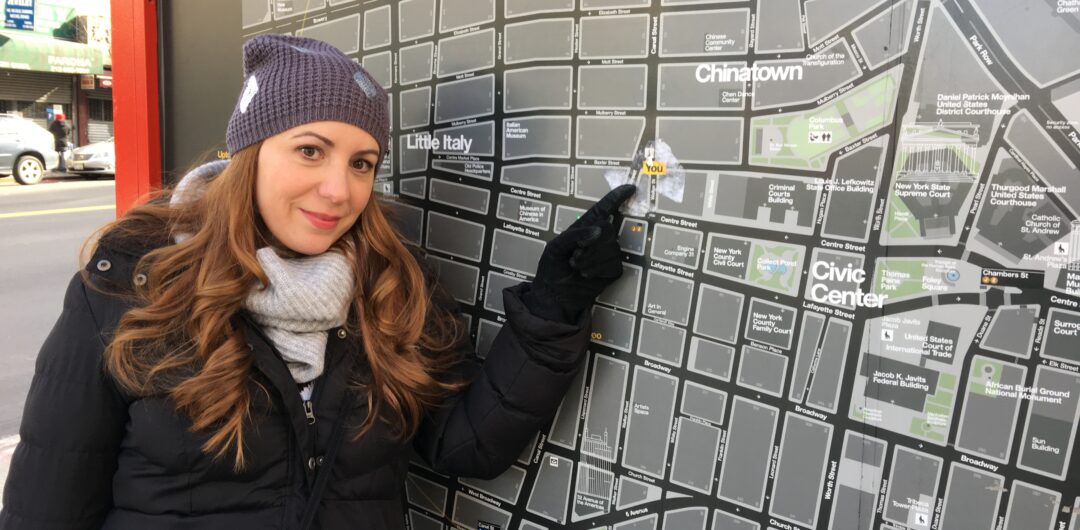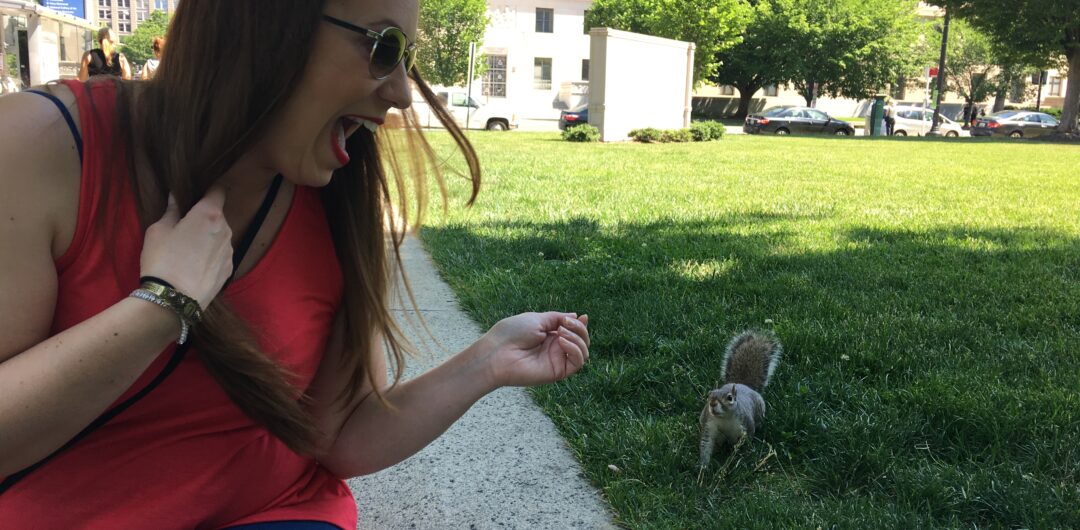Tourist traps can lurk around every corner on your travels, promising an unforgettable experience but often delivering overpriced trinkets and manufactured memories. But there’s no need to fear. With a little know-how, you can navigate past the gimmicks and find the genuine gems of a destination. Here are the best tips to avoid tourist traps and to keep you safe.

Here’s Your Arsenal to Outsmart the Tourist Traps
As a professional travel writer, learning the literal ropes of travel is part of the job. I enjoy not only providing but also showing through my social media ways to save money and stay safe. Over the years, I’ve visited massive national and international cities, small towns, and even teeny villages with only a handful of people. It’s these trips and the memories they provide that make me fall in love with every new destination I visit. Here are my top tips for avoiding tourist traps and making the most of your travel budget.
Do Your Research
Before you go, delve into popular travel websites written by local writers, forums, and independent travel publications. Look for recommendations on hidden cafes, off-the-beaten-path attractions, and neighborhoods frequented by locals. Because they’re recommended by locals, the prices won’t be sky-high.
Embrace Public Transportation
Ditch the overpriced tour buses and taxis. Instead, hop on the subway, train, or local buses. Not only will you save money, but you’ll also experience the city alongside residents, stumbling upon hidden corners along the way. I personally adore taking public transportation in cities I’m not familiar with. It goes without saying: play it safe at all times, and if you’re leery, walk away.
Speak to Locals
Strike up conversations with shopkeepers, waiters, or even people on the street. Ask for their recommendations on authentic restaurants, must-see sights (beyond the usual tourist fare), and local events. If you’re not extroverted, feel free to ask your resort or hotel’s concierge for tips and recommendations.

Beware of “Free” Things
Be wary of overly enthusiastic hawkers offering “free” samples or cultural experiences. These often lead to overpriced purchases or pressured sales tactics. One time, and many years ago, I made the mistake of going to a “free” breakfast in Mexico with a sales pitch afterward. It was so intense, including the yelling and high pressure, that I promised myself I’d never take on again. I walked out of it shaking – that’s not worth the cost of breakfast.
Ditch the Crowds
Popular attractions are popular for a reason, but they can also be overcrowded and overpriced. Explore alternative sights or visit during off-peak hours. Additionally, if you have travel flexibility, visiting during off-seasons will lower your overall costs.
Follow the Money (Not Literally)
High-end chain stores and restaurants in tourist areas are likely catering to visitors, not locals. Seek out independent shops and local eateries for a more authentic (and often cheaper) experience. Personally, I truly enjoy supporting the local economy wherever I go and it makes me feel better to purchase from mom-and-pop shops and restaurants.
Think Twice about “Authentic” Souvenirs
Mass-produced trinkets flood tourist areas. Look for shops selling locally-made crafts or visit markets frequented by residents. You’ll not only be supporting local businesses and people, but you’ll also come home with a true souvenir.

Use Trusted Travel Apps
Apps like TripAdvisor can be helpful, but be cautious of overly positive reviews. Look for reviews with specifics and critical commentary for a more balanced perspective. I always like to look for a majority vote to determine if a place is worth a visit. If you’re on social media, send a question to travel journalists asking for recommendations, too.
Travel During the Shoulder Season
Tourist traps are at their worst during peak season. Consider traveling during the shoulder seasons (spring or fall) when crowds are smaller, prices are lower, and the pace is more relaxed.
Lastly, embrace the unexpected. Sometimes, the best travel experiences are unplanned. Detour down a side street, explore a random neighborhood, or strike up a conversation with a local. You might discover a hidden gem that guidebooks wouldn’t dare mention.
